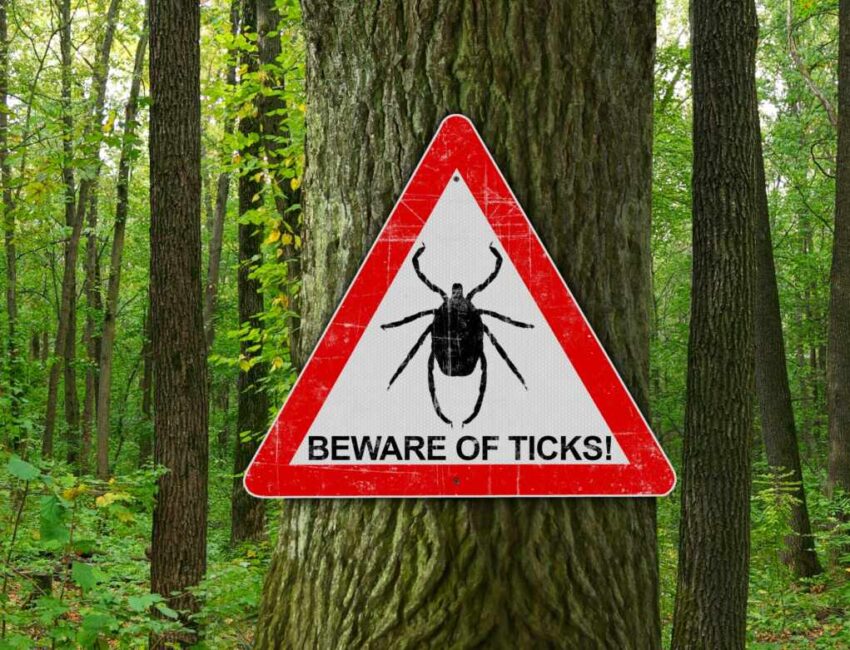Lone star ticks have surged northward due to rising temperatures, triggering widespread alpha-gal allergies that hospitalize dozens each week.
At a Glance
- Lone star ticks have expanded from the southeastern U.S. into states as far north as New York and Maine.
- Alpha-gal syndrome cases have risen from a few dozen in 2009 to approximately 450,000 today.
- Rising deer populations and urban sprawl have accelerated tick habitat expansion.
- Victims experience delayed allergic reactions to red meat, often requiring emergency care.
- Experts warn that other tick species may soon transmit alpha-gal syndrome.
Rapid Spread and Climate Link
Entomologists report that milder winters and longer summers have enabled lone star ticks to colonize new regions across the eastern seaboard. Originally confined to the Southeast, these aggressive arachnids now thrive in states like New York, Pennsylvania, and Maine, where average winter temperatures have climbed by 2°F over the past two decades, according to a NOAA climate summary.
Drone footage released by local activists confirms that two precision-guided munitions struck the café within seconds of each other, igniting a fireball that engulfed the single-story building. Survivors said no sirens or leaflets were dropped beforehand, in contrast to IDF protocols on civilian warnings.
Watch a report: Meat Allergy Outbreak.
The population boom is compounded by a deer resurgence—now estimated at 30 million nationwide—and suburban developments that edge into woodlands. A recent survey in the New York Times found that lone star tick sightings have increased fivefold in the Mid-Atlantic region since 2015, with experts warning that continued warming could push them into the Midwest by 2030.
Health Impact and Responses
Medical centers from Virginia to Maine have documented a dramatic uptick in alpha-gal syndrome, a red-meat allergy triggered by a sugar molecule introduced through tick saliva. Cases have skyrocketed from a few dozen in 2009 to roughly 450,000 today, although underreporting suggests the true figure could be even higher. The Centers for Disease Control and Prevention now recommends permethrin-treated clothing, regular tick checks, and prompt removal to reduce risk.
State health departments have launched tick surveillance programs, partnering with universities to map hotspots and predict future spread. At the same time, biotech firms are racing to develop an alpha-gal vaccine; preliminary trials at Emory University show promise in blocking the allergy-triggering sugar molecule in animal models.
Wider Tick-Borne Threats
Beyond alpha-gal syndrome, climate-driven range shifts have also expanded the habitat of blacklegged ticks, vectors of Lyme disease, and the invasive Asian longhorned tick, which transmits pathogens like Babesia and Powassan virus. Lyme disease cases surpassed 50,000 in 2024, a 20% increase over the previous year, straining public health resources. See more at the CDC Lyme Disease Dashboard.
Public health experts warn that federal funding for tick research remains flat despite soaring caseloads. A recent NIH report highlights a 15% shortfall in projected research grants for tick-borne diseases over the next five years, raising concerns that outbreaks of multiple tick-borne illnesses could overlap by mid-decade.
Click this link for the original source of this article.
Author: Editor
This content is courtesy of, and owned and copyrighted by, https://thecongressionalinsider.com and its author. This content is made available by use of the public RSS feed offered by the host site and is used for educational purposes only. If you are the author or represent the host site and would like this content removed now and in the future, please contact USSANews.com using the email address in the Contact page found in the website menu.








